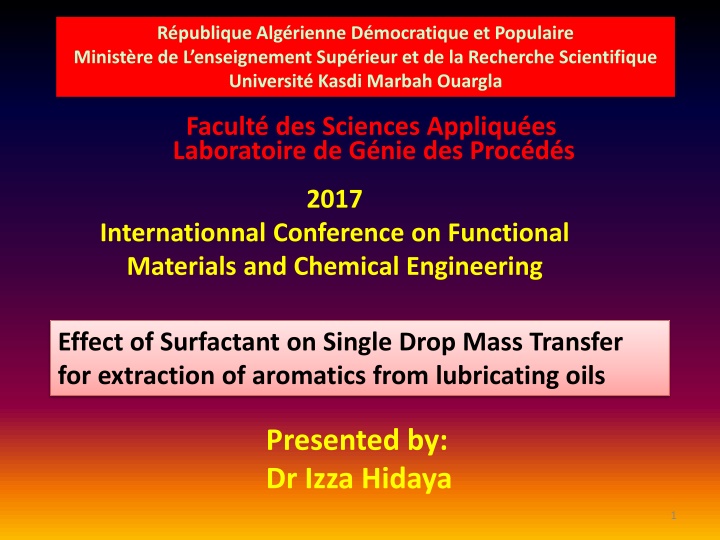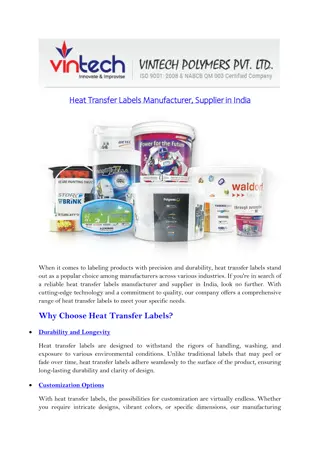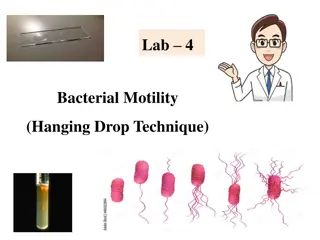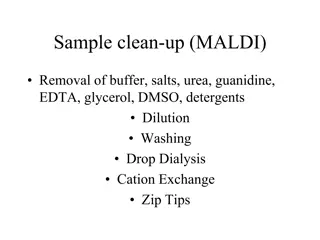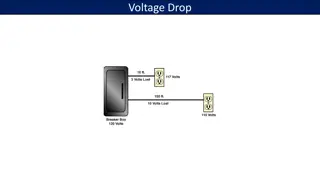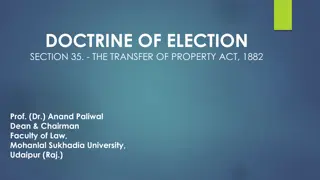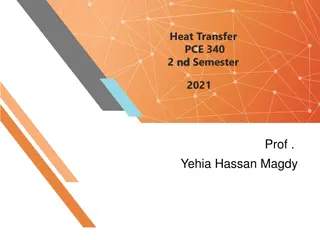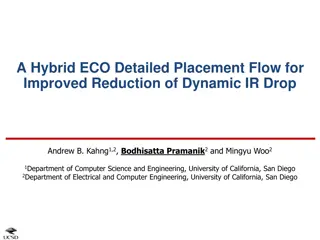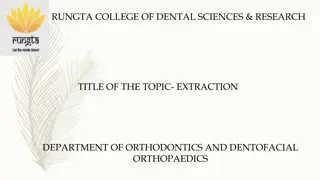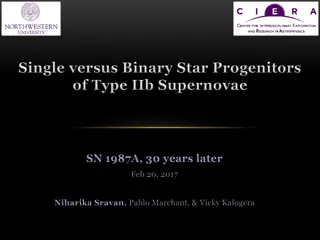Effect of Surfactant on Single Drop Mass Transfer for Aromatics Extraction
Investigate the impact of surfactant concentration on mass transfer coefficients during aromatic extraction from lubricating oils. The study explores the use of surfactants to enhance phase separation and yield in raffinate, improving extraction efficiency and selectivity.
Download Presentation

Please find below an Image/Link to download the presentation.
The content on the website is provided AS IS for your information and personal use only. It may not be sold, licensed, or shared on other websites without obtaining consent from the author.If you encounter any issues during the download, it is possible that the publisher has removed the file from their server.
You are allowed to download the files provided on this website for personal or commercial use, subject to the condition that they are used lawfully. All files are the property of their respective owners.
The content on the website is provided AS IS for your information and personal use only. It may not be sold, licensed, or shared on other websites without obtaining consent from the author.
E N D
Presentation Transcript
Rpublique Algrienne Dmocratique et Populaire Minist re de L enseignement Sup rieur et de la Recherche Scientifique Universit Kasdi Marbah Ouargla Facult des Sciences Appliqu es Laboratoire de G nie des Proc d s 2017 Internationnal Conference on Functional Materials and Chemical Engineering Effect of Surfactant on Single Drop Mass Transfer for extraction of aromatics from lubricating oils Presented by: Dr Izza Hidaya 1
Extractor 11
Commonly Used Solvents Solvent extraction is an effective method for the reduction of the content of aromatic of lubricating oil. 12
effects of the concentration of surfactant on the overall coefficient of mass transfer 14
The power solvent and the selectivity of extraction can be still to increase while using surfactant as additive which facilitates the separation of phase and increases the yeild in raffinat. Which is a substance that significantly decreases the surface tension of a liquid when added in small quantities. If a small amount of surfactant is added during the extraction process, both masses of the transfer coefficient and the interfacial area may be affected. 15
We present in this studies our investigations regarding the use of sodium lauryl ether sulfate (SLES) as surfactant. Our choice for this particular class of surfactants (ethoxylated anionic surfactants) was also motivated by the fact that in spite of their wide range of applications 16
The effects of the concentration of surfactant on the overall coefficient of mass transfer was investigated. 17
The studied parameters In order to study mass transfer (taking into account the influence of various parameters: Solvent rate Temperature Concentration of surfactant surface tension of the solvent drop diameter Height of the column 18
experience flow The extraction is carried out in a column of extraction of glass, of a capacity of 125ml with a diameter of 17mm. The counter-current is carried out by gravity, 19
The phase continues is pumped in bottom of the column, and the dispersed phase is pumped at the top of the column, the time of flow of the droplet which represents the dispersed phase is measured by chronometer. 20
Matriels et mthodes The chemical system used in these experiments is : Lubricating oil/aromatics/furfural/SLES where the lubricating oil is considered as the continuous phase (feed phase), furfural as the dispersed phase, aromatics as a solute and SLES as a surface active agent (surfactant). 21
The Experimental conditions Solvent ratio relative to oil equal to 1 Extraction temperature: 95 C Surfactant concentration in the solution of furfural: 0; 0.01%; 0.05%; 0.1% 22
Dispersing device Single drop 24
Results and discussions it can be seen that the surface tension decreases with increasing surfactant concentration. This decrease is slower in the area of high concentrations. The surfactant is capable of decreasing the surface tension due to adsorption and orientation of the molecules on the phase separation surface. 25
Variation of the surface tension as a function of the surfactant concentration 70 60 50 Surface tension 40 30 20 10 0 0 0.02 0.04 0.06 0.08 0.1 0.12 Surfactant concentration 26
Results and discussions the addition of surfactant in the dispersed phase lowers the overall mass transfer coefficient (the diffusion coefficient). Increasing the surfactant concentration decreases the diffusion coefficient value. 27
Variation of the diffusion coefficient as a function of the concentration of SLES 3.00E-06 2.50E-06 Diffusion coefficient 2.00E-06 1.50E-06 1.00E-06 5.00E-07 0.00E+00 0 0.02 0.04 0.06 0.08 0.1 0.12 Concentration of SLES 28
Results and discussions shows the correlation between the diffusion coefficient and the surface tension. The Kdvalue increases with increasing the surface tension value of the dispersed phase. The increase in the surface tension of the dispersed phase caused a high gradient of the surface tension between the continuous phase and the dispersed phase. This difference increases the interfacial turbulence between the continuous and dispersed phase, which increasing the value of the mass transfer coefficient. 29
Correlation between diffusion coefficient and surface tension 3.00E-06 2.50E-06 Diffusion coefficient 2.00E-06 1.50E-06 1.00E-06 5.00E-07 0.00E+00 0 10 20 30 40 50 60 70 Surface tension 30
Conclusion The aim of the work presented is to extract the aromatic compounds from a petroleum cut with and without the presence of the surfactant. The extraction of the aromatics is carried out in an apparatus making it possible to carry out the following two operations 31
Conclusion The experiments carried out clearly show that, with the addition of different concentrations of surfactant in the dispersed phase, it is possible to: Ensure good phase separation. Reduction of the overall mass transfer coefficient (the diffusion coefficient), and consequently an improvement in raffinate quality. 32
